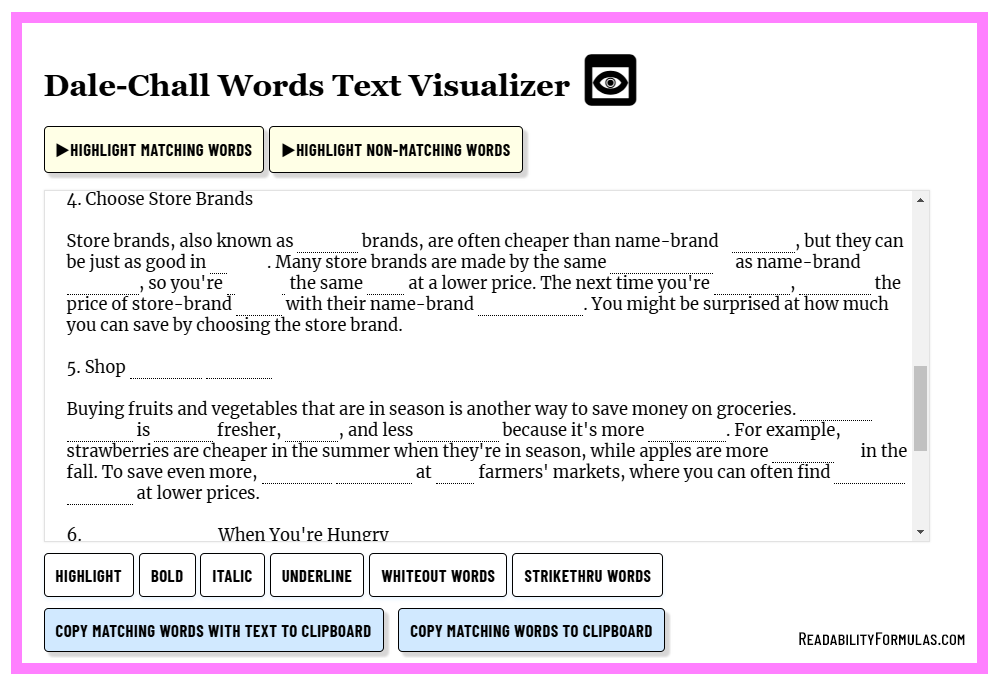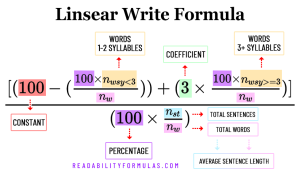Ever come across a paragraph with blanks and thought it was just a simple word game? That’s the Cloze Test in action, and there’s more to it than meets the eye. It’s not just about guessing words; it’s about understanding the story and figuring out which words complete the picture. For teachers, it’s a peek into how well students understand language—from the words they choose to the way they piece together a story.
A Cloze Test (also called the “cloze deletion test“) is an exercise, test, or assessment with certain words removed (cloze text) from the text. The teacher instructs students to restore the missing words. Students must understand context and vocabulary to identify the correct words that belong in the deleted passages.
EXAMPLE:
A language teacher gives the following passage to students:
“Today, I went to the ________ and bought some bread and peanut butter. I knew it was going to rain, but I forgot to take my ________, and got wet on the way.”
The teacher instructs students to fill in the blanks with words that they think best fits the passage. Both context in language and content terms are essential in most cloze tests. While the context provides clues, the specific words preceding and following the blanks are important. For instance, the word “bread and peanut butter” suggests a place like “store,” “shop,” or “market.” The second blank can be filled with “umbrella” or “raincoat.”
A study conducted across 500 schools in 2018 found that students who regularly practiced with Cloze Tests improved their reading comprehension by an average of 15% compared to those who didn’t.
Wilson L. Taylor, a pioneer in educational psychology, introduced The Cloze Test (formally known as “cloze procedure”) in 1953. Taylor intended to use the technique as a measure of readability for English texts. The basic idea was to delete certain words in a text (for instance, every fifth word) and have the reader fill in the blanks.
To use the Cloze test to score material, follow these steps:
ADMINISTRATION
- Omit every 5th word (or at another fixed interval, such as every 7th or 10th word, depending on difficulty) and replace it with a blank space for the student to fill in.
- Instruct students to write only one word per blank and to attempt to complete every blank.
- Encourage students to guess if unsure, as this measures their ability to infer meaning from context.
- Advise students that spelling errors will not be counted as mistakes as long as the intended word is correct in meaning.
SCORING
- Exact word scoring: In most cases, students must replace the omitted word with the exact word from the original passage. This is the most common method for research-based Cloze tests.
- Accept semantic equivalents (optional): Some versions of the test allow synonyms or words that maintain the original meaning, depending on the purpose of the test (e.g., assessing comprehension rather than verbatim recall).
- Misspellings are counted as correct as long as the word conveys the correct meaning.
NOTES
- The 5th-word deletion rule is common, but some educators adjust the frequency based on the difficulty level.
- If the goal is assessing reading comprehension, you can allow synonyms. However, if testing verbatim recall (e.g., for readability research), use the exact word.
A 2019 study highlighted that 85% of educators found the Cloze Test to be an effective tool for identifying specific areas where students need improvement, allowing for more targeted teaching strategies.
In the late 1960s, John Bormuth further researched the Cloze technique. He studied its applications in education and readability assessments. Bormuth’s work developed the Bormuth Readability Formula, which predicted reading levels based on Cloze test outcomes. The new Dale-Chall Readability Formula, used by over 3,000 educational institutions globally, uses Bormuth’s cloze mean scores as a criterion for reading levels.
 Outside of schools, teachers and tutors use the Cloze Test for English as a Second Language (ESL) learners. The test’s ability to assess both explicit and implicit knowledge is valuable for checking language proficiency. With the rise of e-learning platforms, there has been a 25% increase in digital versions of the Cloze Test between 2015 and 2022. This points to how adaptable and relevant the test is in modern education.
Outside of schools, teachers and tutors use the Cloze Test for English as a Second Language (ESL) learners. The test’s ability to assess both explicit and implicit knowledge is valuable for checking language proficiency. With the rise of e-learning platforms, there has been a 25% increase in digital versions of the Cloze Test between 2015 and 2022. This points to how adaptable and relevant the test is in modern education.
Scott, Brian. “How to Use the Cloze Test (Cloze Deletion Test) to Score Readability.” ReadabilityFormulas.com, 15 Feb. 2025, https://readabilityformulas.com/how-to-use-the-cloze-test/.







